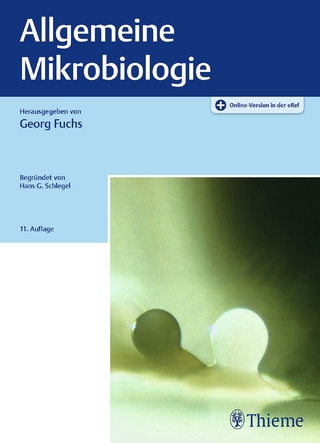
The Virus Paradigm
A Planetary Ecology of the Mind
Seiten
2021
Cambridge University Press (Verlag)
978-1-108-96581-1 (ISBN)
Cambridge University Press (Verlag)
978-1-108-96581-1 (ISBN)
In recent years, the word 'virus' has lost its biological perimeter of reference to acquire a much broader – could say 'paradigmatic' – meaning. This Element aims to shed light on how virality has become the most powerful metaphor available to describe very different phenomena.
In recent years, the word 'virus' has lost its biological perimeter of reference to acquire a much broader – could say 'paradigmatic' – meaning. The term 'virus' can be seen as a key word or an explanatory model also for processes that go beyond the infectious sphere. Every event appears to have a viral character: from the way information is transmitted to the processes of cultural globalization, from the impact of human beings on the planet to the subversion of ecosystems, from pandemic risks to the demographic increase on the planet. This seems to be indeed the Age of the Virus. Its model can be applied to most of the phenomena that characterize the twenty-first. Its profile – its looming and invisible nature, its ability to use other people's resources to spread and to transform into a dangerous doppelganger – is perfect to represent the fears of the contemporary age.
In recent years, the word 'virus' has lost its biological perimeter of reference to acquire a much broader – could say 'paradigmatic' – meaning. The term 'virus' can be seen as a key word or an explanatory model also for processes that go beyond the infectious sphere. Every event appears to have a viral character: from the way information is transmitted to the processes of cultural globalization, from the impact of human beings on the planet to the subversion of ecosystems, from pandemic risks to the demographic increase on the planet. This seems to be indeed the Age of the Virus. Its model can be applied to most of the phenomena that characterize the twenty-first. Its profile – its looming and invisible nature, its ability to use other people's resources to spread and to transform into a dangerous doppelganger – is perfect to represent the fears of the contemporary age.
1. A Virus for the Planet; 2. Pandemics and Individual Freedoms; 3. The Technological Virus; 4. The Return of the Body; 5. The Posthumanist View.
| Erscheinungsdatum | 08.02.2021 |
|---|---|
| Reihe/Serie | Elements in Environmental Humanities |
| Übersetzer | Sarah De Sanctis |
| Zusatzinfo | Worked examples or Exercises |
| Verlagsort | Cambridge |
| Sprache | englisch |
| Maße | 150 x 230 mm |
| Gewicht | 120 g |
| Themenwelt | Geisteswissenschaften ► Geschichte |
| Naturwissenschaften ► Biologie ► Mikrobiologie / Immunologie | |
| Sozialwissenschaften | |
| ISBN-10 | 1-108-96581-4 / 1108965814 |
| ISBN-13 | 978-1-108-96581-1 / 9781108965811 |
| Zustand | Neuware |
| Informationen gemäß Produktsicherheitsverordnung (GPSR) | |
| Haben Sie eine Frage zum Produkt? |
Mehr entdecken
aus dem Bereich
aus dem Bereich
Allgemeine Grundlagen und spezielle Anwendungen
Buch | Softcover (2021)
Springer Berlin (Verlag)
54,99 €


